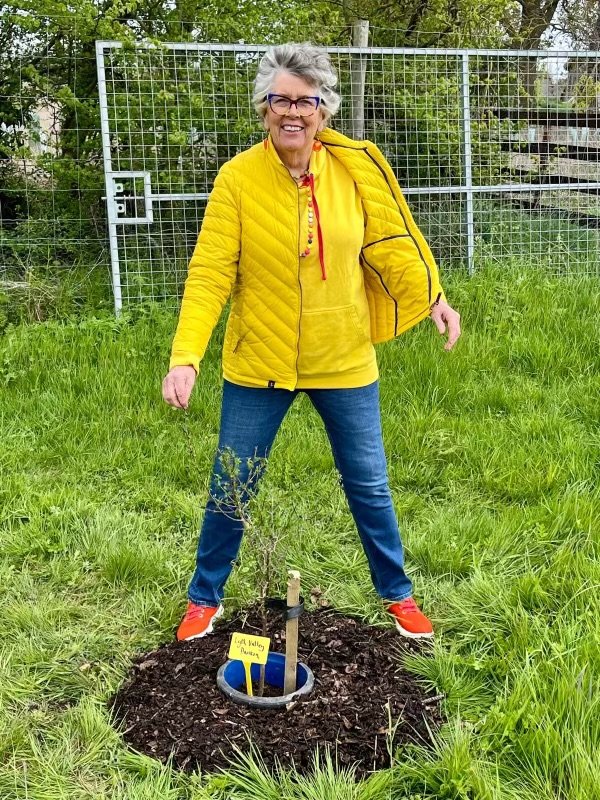WESTMORLAND DAMSONS
IN THE LYTH VALLEY
Heritage and Growing for a Better Tomorrow
Discover damsons…..
HISTORY
Originally damsons came from the area around Damascus, hence the name. Some say the Crusaders brought back damson stones to try in England. Damson trees are often found around sites of Roman camps - perhaps the Romans introduced them to Britain. Damson stones were found in a bag round the waist of a 4000 year-old 'Ice Man' uncovered recently in the Alps. Damson stones have been excavated at the Viking Yorvick centre at York.
Damson skins have been used for the manufacture of purple dye from Roman times. Damsons have been grown and sold in Westmorland since the early 1700s, if not earlier. Until the outbbreak of war in 1939, on Damson Saturday, the whole of Kendal was full of carts selling damsons and cartloads were taken by rail to jam factories in Lancashire. About 250 tons was sold in Westmorland in 1938. The first Damson Growers Association was formed in Westmorland in 1938 and established a small canning and village jam factory. A shortage of sugar and manpower in the Second World war caused its demise.
At the height of the damson growing period, the white blossom was such a sight to see that charabancs came from all over Lancashire to drive through the Lyth Valley on Damson Sunday.
GROWING
Damsons grow on most soils except pure peat and heavy clay. They are are very tolerant of altitude, soil type, acidity and alkalinity. They will grow as far north as Scotland, but are favoured by the wetter conditions of the western side of the country. Although they like a damp climate, blossom time needs to be dry for good pollination, and they do not like their roots to stand in swampy conditions.
Damson trees cannot stand being shaded and their own lower branches tend to die back when they become deprived of light by growing branches above. Generally they are best left without pruning apart from thinning dead under-timber and cutting back to keep the tree to manageable proportions. However, damson trees are not particularly susceptible to rot nor infection and so large branches can be cut back without harm to the tree.
The productive life of a tree is about 50 years. Older trees become susceptible to the weight of snow and to gales, the branches splitting away. However, if part of a tree remains, it may grow new vigorous shoots and continue to crop well.
They may not grow true from damson stones. The best way to propagate them is to dig up and replant the numerous small suckers that spring up from the roots of older trees. Young trees need protection if the area is accessible to deer or sheep.
Damsons are self-fertilising, but may crop better if planted in groups about 4 to 5 metres apart. Suckers should crop when they are about 8 years old.
DAMSON
Damsons are used for a variety of products - from jams, jellies and chutneys to wine and Damson Gin.
A local brewery is now producing Damson Beer.
DAMSON DAY SUPPORTS local makers and growers from all round the county.
Damsons are traditionally sold direct by the roadside in the Lyth Valley and in local shops as the fruit ripens, usually in the second half of September.
The WD Association also has stocks of frozen damsons you can buy all year round.
An effort is being made by the WD Association to revive local outlets for using and selling damsons to try and place the harvested fruit on a more sound commercial basis and ensure the survival of these historic and beautiful orchards.
Local Lakes pubs and Michelin star hotels and restaurants regularly use our special damsons.
An annual Damson Day is held in April at The County show Ground, Kendal to promote damsons and damson produce.
We are growing this local fair which promotes.protects and celebrates all things Damson and welcomes your continued support, see you there!



